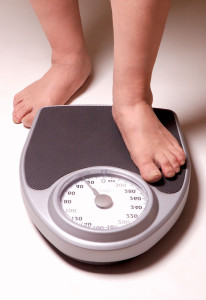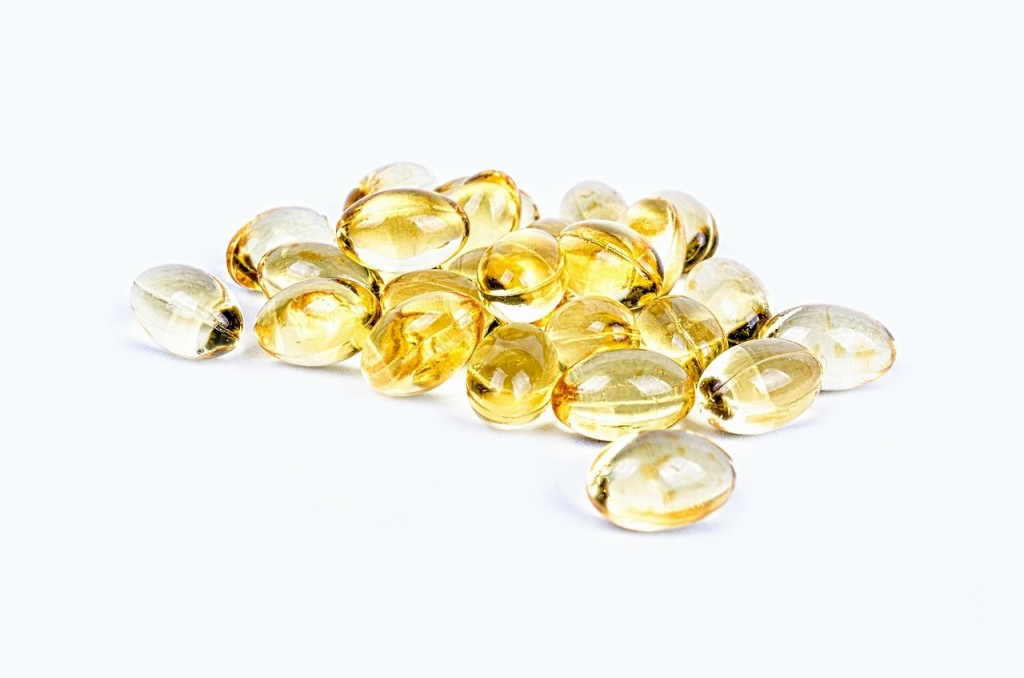 We hear all the time from multiple sources to get more exercise. Everyone has their reasons for not getting enough. We all know we should do it more, but feel like we don’t have enough time or energy to do so. If you suffer from asthma, you may fear that working out would make your symptoms worse. Here are some of the best options for exercising with asthma
We hear all the time from multiple sources to get more exercise. Everyone has their reasons for not getting enough. We all know we should do it more, but feel like we don’t have enough time or energy to do so. If you suffer from asthma, you may fear that working out would make your symptoms worse. Here are some of the best options for exercising with asthma
Exercising with Asthma: Best Exercises
- Walking – can actually improve one’s asthma symptoms if done long term and on a regular basis. It is recommended that asthma patients walk three times per week. Remember to warm up and cool down just like with any other exercise.
- Yoga – allows us to control our breathing, which is beneficial for asthmatics because it can activate more areas of the lung.
- Biking – with the right pace, this is a great way to get your activity in and your stress level down.
- Golfing – the staggered activity of alternating swings with walking is great for keeping symptoms at bay, but be sure to check the pollen levels before heading out to the course.
- Running – keep your distance short and your pace moderate.
- Downhill Skiing — as long as you don’t try to tackle one of those black diamond slopes, this outdoor activity doesn’t require a lot of physical exertion, as the mountain does most of the work.
- Swimming – provided the pool doesn’t contain too much chlorine, the highly humidified, warm air breathed in while swimming can loosen mucus.
Exercising with Asthma: Best Sports
- Baseball – allows for breaks in activity to keep symptoms in check. Take a hit on your inhaler as needed while sitting in the dugout waiting to bat.
- Racquet sports – the players control the pace of the game, allowing for plenty of rest and water breaks.
- Softball – similar to baseball, players have adequate rest to hydrate, use their inhaler, and regroup.
- Volleyball – A little more intense, but the court is small, so players can move quickly in short bursts.
- Football – while sometimes annoying to spectators, this sport allows for many breaks between downs.
Activities such as cross-country skiing, basketball, and soccer are a bit too strenuous for asthmatics. Cross-country skiing can dry out the airways with the cold air being a contributing factor. Basketball requires too much running up and down the court while not providing enough rest time between plays. Soccer players are in constant motion chasing the ball unless they are a goaltender.
Exercising in a way that works for you is great way to destress, which, in turn, can help keep your asthma symptoms from flaring up. Always remember to consult your doctor before starting a new exercise program. Keep your water bottle and inhaler with you at all times. And remember, exercise should also be something you enjoy.
Additional Resources for Exercising with Asthma
Check out our previous exercise-related blogs for more information:
Regular, Moderate Exercise Improves Asthma Symptoms
Don’t Wheeze Your Way Through Exercise-Induced Asthma















 Asthma is a challenging, but very treatable illness. There are many medications and tools available to help relieve symptoms. Did you know that asthma prevention can start in your kitchen? Not all foods are created equal. What foods might be best for asthmatics? There are even healthy foods that may worsen your asthma symptoms.
Asthma is a challenging, but very treatable illness. There are many medications and tools available to help relieve symptoms. Did you know that asthma prevention can start in your kitchen? Not all foods are created equal. What foods might be best for asthmatics? There are even healthy foods that may worsen your asthma symptoms. Music is a wonderful stress release for many people. For some, the release comes from listening to the music and relating to the lyrics. It strikes a chord inside of us all. For others, making music is the release. Whether you play an instrument or sing, you are successfully dissolving the stress of your day-to-day. Congratulations! You have found an outlet.
Music is a wonderful stress release for many people. For some, the release comes from listening to the music and relating to the lyrics. It strikes a chord inside of us all. For others, making music is the release. Whether you play an instrument or sing, you are successfully dissolving the stress of your day-to-day. Congratulations! You have found an outlet. Summer is coming to a close for students in North Carolina. The change of seasons and environment can spell trouble for asthma and allergy sufferers. They already know their at-home triggers and how to combat them, but have less control over their environment at school. Common classroom triggers include pollen, dust mites, mold, chalk dust, and pet dander. With the help of school administrators and parents, students can remain focused on their studies and less on their allergies.
Summer is coming to a close for students in North Carolina. The change of seasons and environment can spell trouble for asthma and allergy sufferers. They already know their at-home triggers and how to combat them, but have less control over their environment at school. Common classroom triggers include pollen, dust mites, mold, chalk dust, and pet dander. With the help of school administrators and parents, students can remain focused on their studies and less on their allergies. Food industry workers at a microwave popcorn factory were the first to get sick from inhaling the vapors from artificial flavorings. The vapors caused symptoms such as coughing, wheezing, and shortness of breath, similar to those of chronic obstructive pulmonary disease (COPD).
Food industry workers at a microwave popcorn factory were the first to get sick from inhaling the vapors from artificial flavorings. The vapors caused symptoms such as coughing, wheezing, and shortness of breath, similar to those of chronic obstructive pulmonary disease (COPD). January is the height of flu season, and if you haven’t been vaccinated, it’s not too late to do so.
January is the height of flu season, and if you haven’t been vaccinated, it’s not too late to do so. 

 What if all it took was a little sunshine to lower your baby’s risk for asthma? In a recent study, researchers have observed that women with more vitamin D in their second trimester lowered their babies’ risk for asthma.
What if all it took was a little sunshine to lower your baby’s risk for asthma? In a recent study, researchers have observed that women with more vitamin D in their second trimester lowered their babies’ risk for asthma. 












